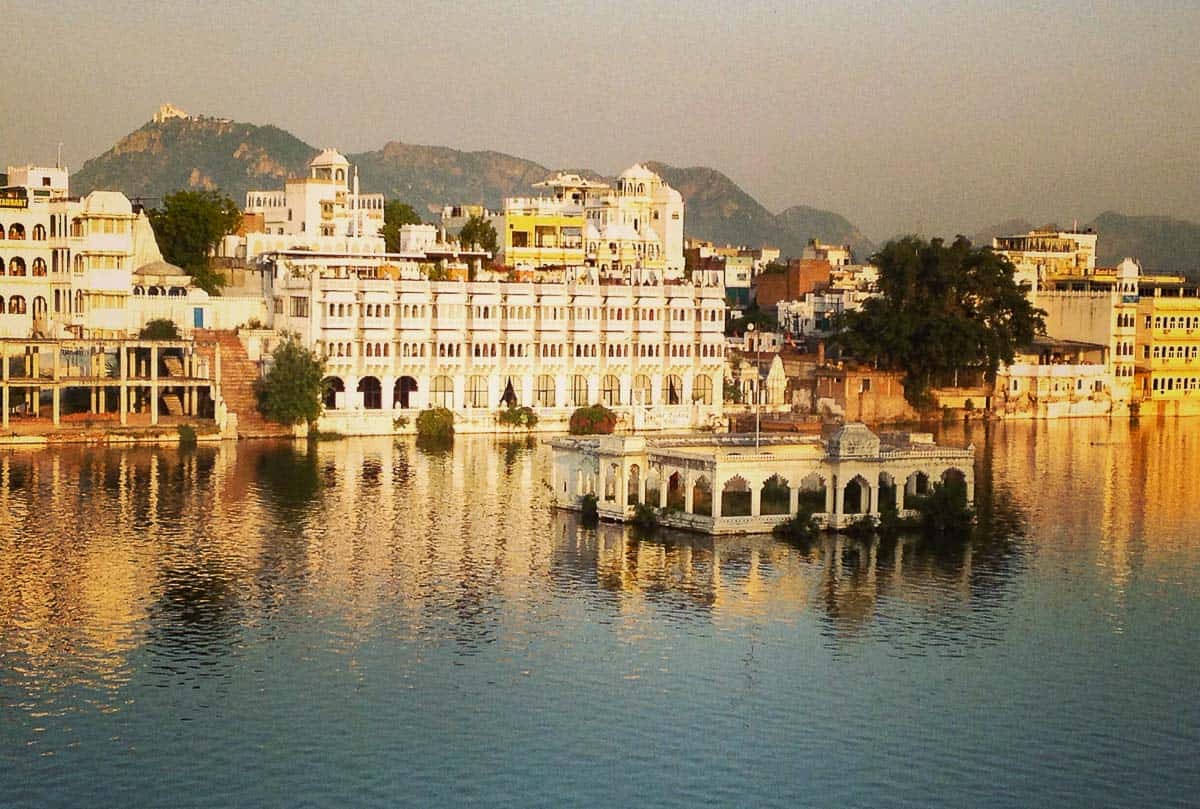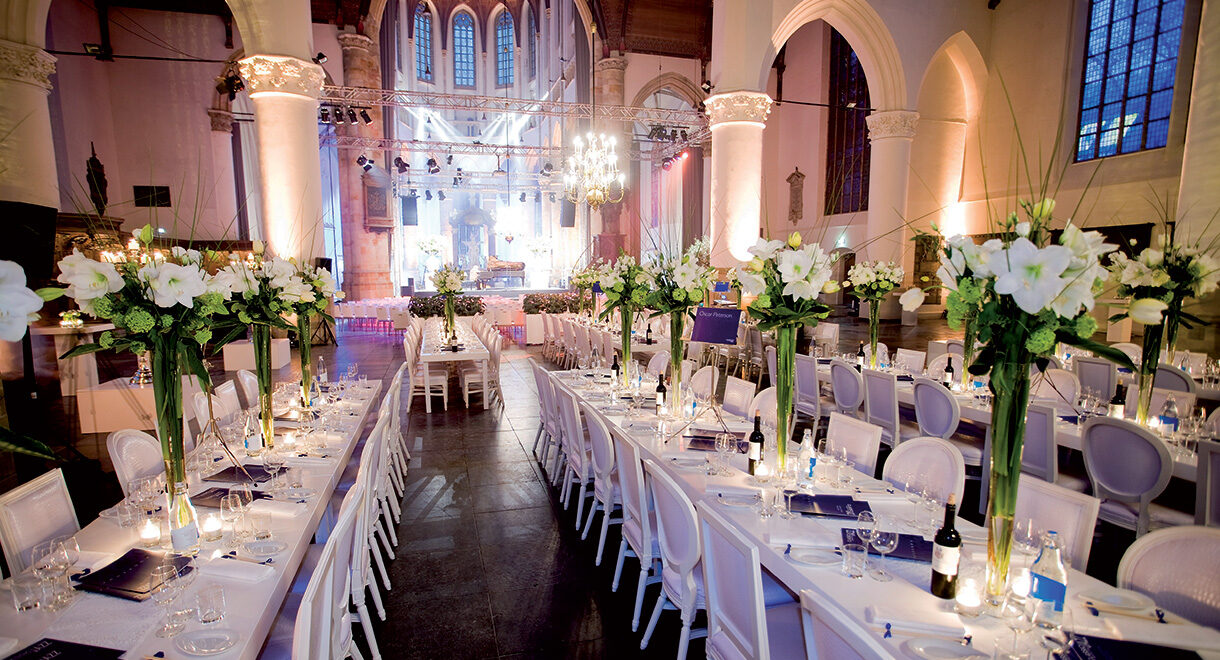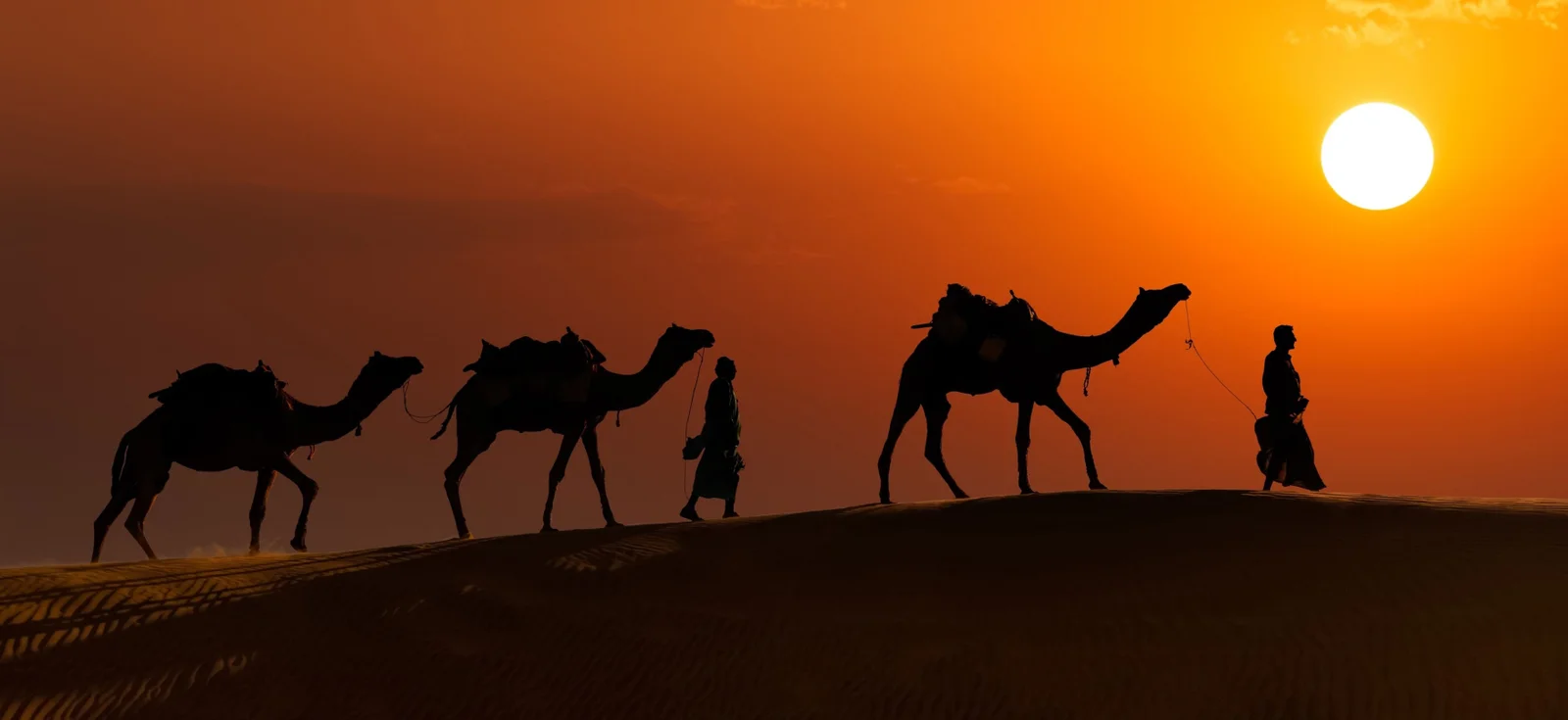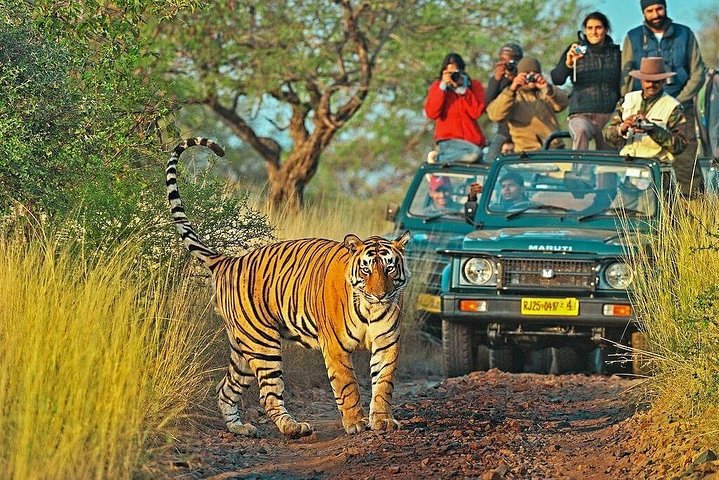Step Into the Past: Rajasthan’s Best Forts, Temples, and Markets
Step Into the Past: Rajasthan’s Best Forts, Temples, and Markets
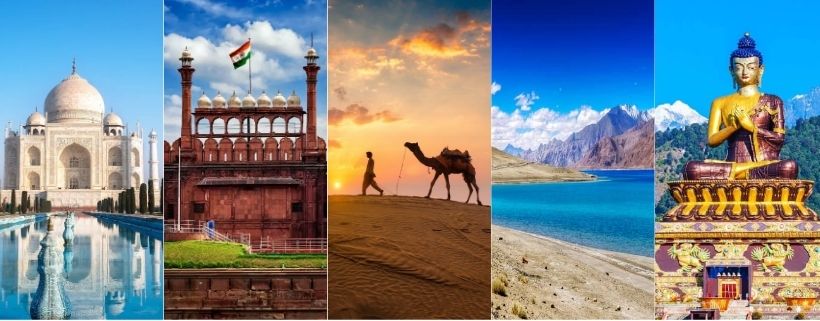
Introduction
Rajasthan is a land where history comes alive through its grand forts, ancient temples, and bustling markets. The state’s rich heritage is reflected in its architectural marvels, religious sites, and vibrant bazaars that have thrived for centuries. This guide explores the best historical and cultural landmarks across Rajasthan, offering insights into its fascinating past.
Iconic Forts of Rajasthan
Rajasthan’s forts stand as timeless guardians of its glorious past. These magnificent structures tell stories of valor, architectural brilliance, and royal legacy.
- Amber Fort, Jaipur: A stunning blend of Rajput and Mughal architecture, with intricate mirror work and majestic gates.
- Mehrangarh Fort, Jodhpur: A massive fort perched on a hill, offering breathtaking views and a rich museum collection.
- Chittorgarh Fort: The largest fort in India, symbolizing Rajput pride and sacrifice.
- Jaisalmer Fort: A UNESCO-listed living fort with temples, palaces, and bustling markets within its walls.
- Kumbhalgarh Fort: Famous for its massive walls, second only to the Great Wall of China.
Ancient Temples of Rajasthan
Rajasthan is home to some of India’s most exquisite temples, reflecting centuries of devotion and artistic excellence.
- Ranakpur Jain Temple: A marvel of marble architecture with intricately carved pillars.
- Brahma Temple, Pushkar: One of the few temples dedicated to Lord Brahma, attracting pilgrims from around the world.
- Dilwara Temples, Mount Abu: Renowned for their breathtaking marble craftsmanship.
- Karni Mata Temple, Bikaner: Famously known as the “Rat Temple,” where thousands of rats are revered.
- Eklingji Temple, Udaipur: A significant Hindu temple dedicated to Lord Shiva.
Rajasthan’s Lively Markets
Rajasthan’s markets are a paradise for shoppers, offering everything from handcrafted textiles to precious jewelry.
- Johari Bazaar, Jaipur: The go-to place for gemstone jewelry, traditional juttis, and vibrant textiles.
- Clock Tower Market, Jodhpur: Known for its spices, antiques, and handicrafts.
- Hathi Pol Bazaar, Udaipur: A hub for miniature paintings and Rajasthani artworks.
- Bada Bazaar, Udaipur: Offers a variety of traditional attire, silver jewelry, and Mojari footwear.
- Sadar Bazaar, Jaisalmer: Best place for camel leather products and embroidered fabrics.
Cultural Festivals Held in Historic Landmarks
Rajasthan’s heritage is best experienced during its grand festivals, celebrated with music, dance, and traditional rituals.
- Pushkar Camel Fair: A cultural and livestock fair held in the holy town of Pushkar.
- Desert Festival, Jaisalmer: Showcases Rajasthani folk dances, camel races, and music performances.
- Teej Festival, Jaipur: Celebrated with processions of beautifully adorned idols and traditional performances.
- Gangaur Festival: Dedicated to Goddess Gauri, celebrated with colorful processions and prayers.
- Nagaur Cattle Fair: A vibrant rural festival featuring cattle trading and folk entertainment.
Best Time to Explore Rajasthan’s Heritage
The ideal time to visit Rajasthan’s forts, temples, and markets is between October and March, when the weather is pleasant for sightseeing.
Travel Tips for an Enriching Experience
- Wear comfortable footwear: Exploring forts and markets requires a lot of walking.
- Respect religious sites: Follow dress codes and maintain decorum in temples.
- Bargain wisely: Local markets often have negotiable prices, so engage in friendly bargaining.
- Try local street food: Experience authentic Rajasthani flavors from market food stalls.
Conclusion
Rajasthan’s forts, temples, and markets offer a journey through time, showcasing the state’s deep-rooted history and vibrant culture. Whether wandering through the alleys of a living fort, admiring temple carvings, or shopping in traditional bazaars, every experience in Rajasthan brings you closer to its heritage.

